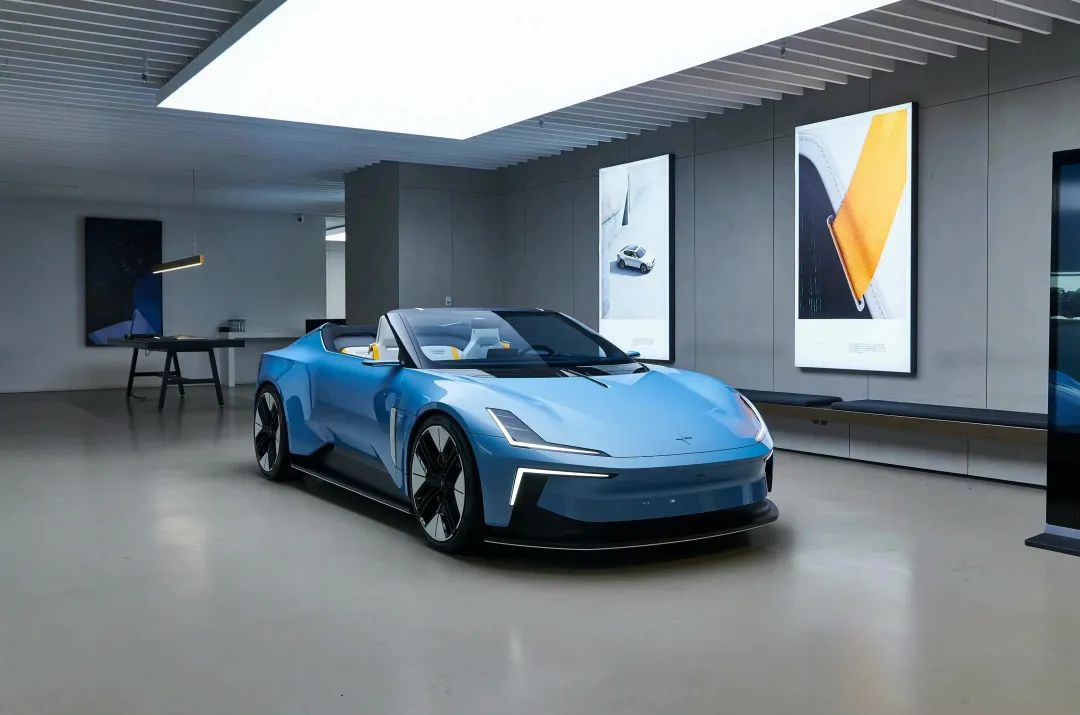Author: The Knight Errant
On September 18th, Polestar 6, the first convertible pure electric sports car in the Polestar lineup, began its China tour with a global limit of 500 units and a quota of 10 units in the Chinese market, priced at a suggested retail price of 1.68 million RMB. Despite the fact that the official launch of Polestar 6 is not until 2026, the 10 allotted units were sold out within a day.
On October 2nd, the price of Polestar 2 was raised, with an increase in the range of 20,800 to 30,800 RMB. The official suggested retail price for Polestar 2 is now 299,800 to 358,800 RMB, with a subsidized sale price of 288,600 to 358,800 RMB.
On October 13th, Polestar 3 had its global debut, a brand new luxury high-performance pure electric SUV, with two debut versions priced at 880,000 and 1.03 million RMB, respectively.
Polestar, with a gambler’s mindset, is trying to redefine itself in our eyes. Although I don’t know if Polestar agrees with this evaluation, it does seem to be becoming more and more aloof.
Did Polestar’s cold and minimalist official style confuse you? At first glance, I thought Polestar 3 was a mid-size SUV, so how could it sell for over a million RMB? It turns out that it is a mid-to-large size SUV with a length of 4.9 meters and a wheelbase of 2,985mm. And its target competitors are also locked in on models such as the Tesla Model X, BMW iX, and Mercedes-Benz EQS SUV.
Polestar’s relationship with Volvo ensures that it cannot escape the influence of the latter. If you remember the recently exposed Volvo EX90 patent drawing, you have to ask yourself: Did Polestar 3 beat them to this design? The distinct front face, wing-shaped headlights, and countless details enhance the originality, but also bring a bit of a struggle. Is Polestar not going for a minimalist design this time?LED headlights are no longer unfamiliar gadgets, the standard Star 3 1.3-megapixel high-definition headlights adaptively sense the environment around the vehicle to project light and identify oncoming cars on the road through cameras, which can avoid dazzling the driver’s vision by blocking the headlights of oncoming cars and focusing the light between the two cars. In addition, the system can automatically adjust the intensity, size, and height of the beam based on light, weather conditions, and vehicle speed.

The most unique profile of each Star is always its side styling. Like the Star 2, the silhouette of the Star 3 is not typical and makes it hard for those unfamiliar with the brand to recognize its origin at first glance. But for those who love the Star, it’s the intangible feeling they want.
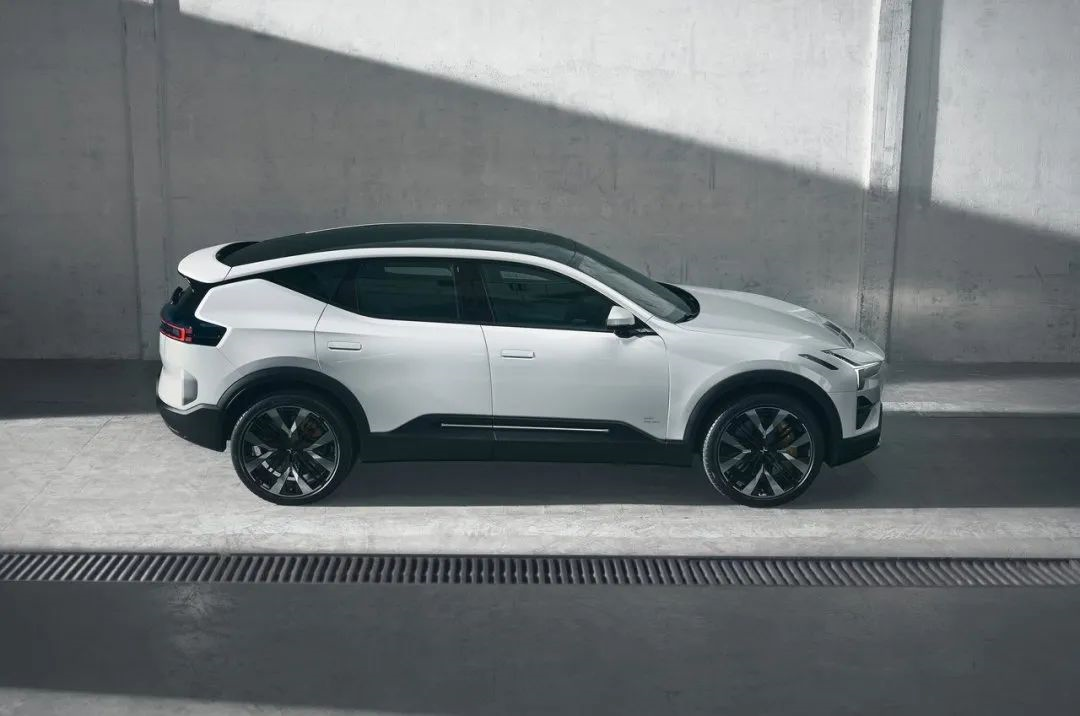
The window bottom line of the Star 3 is pulled up high, and the small triangle window behind the C-pillar even rises suddenly. The car’s panoramic sunroof extends directly to the rear of the car and is joined to the rear spoiler. Perhaps for this reason, the Star 3 looks so compact and agile.
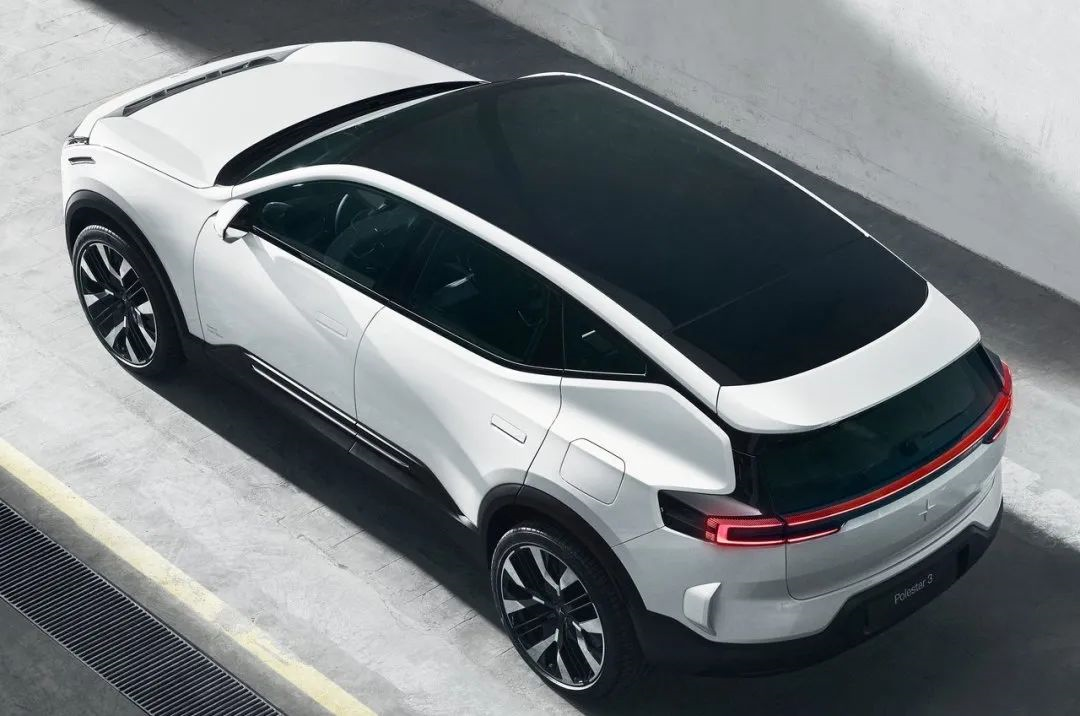
In the rear, the familiar minimalist style returns. The through-type taillights running through the car still allow the Star 3 to stand out from the common through-type taillights on the market. Moreover, the taillights, like the headlights, can adjust the illumination intensity according to light conditions, so as not to “blind” the driver of the following car during the day or night.

Continuing the Nordic design aesthetic, the interior of the Star 3 is still fresh and unconventional. With a 14.5-inch vertical center screen, through-style center console, few physical buttons, and a very good-looking and brand-new style steering wheel, though imitation, it seems to be irresistible. By the way, all interior materials are sustainable and environmentally friendly, which is the fundamental brand belief of the Star, no need to say more.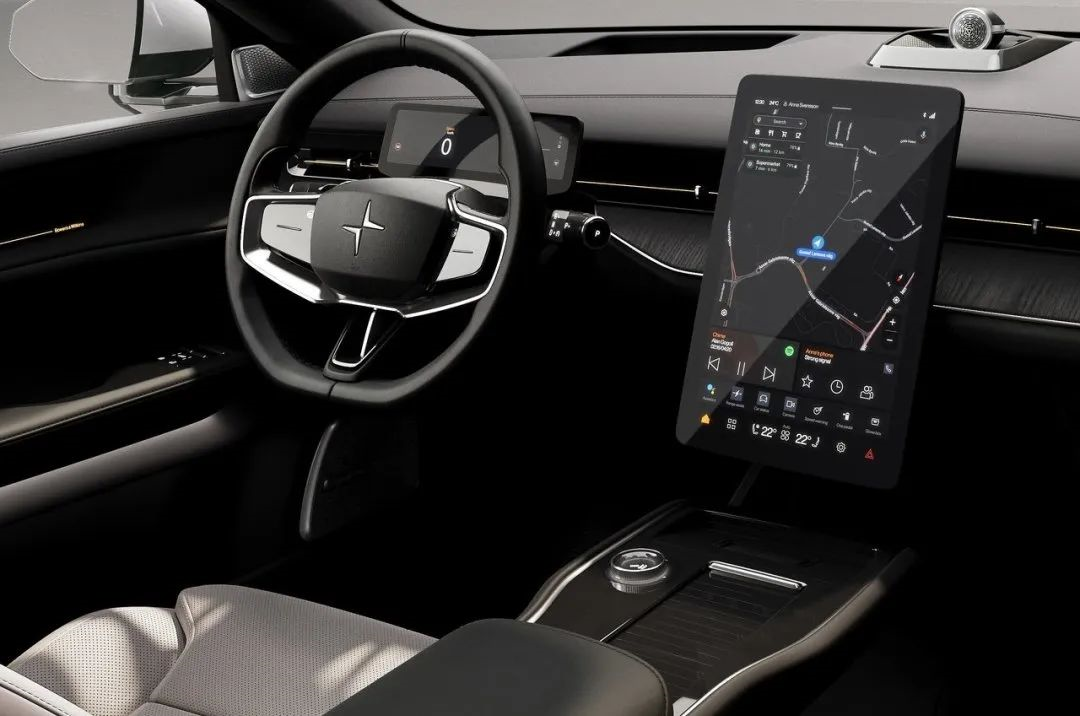
The Polestar 3 is the brand’s first model to feature NVIDIA DRIVE processors, and is built on the new generation “Snapdragon Digital Cockpit Platform” from Qualcomm to create an immersive in-car experience, including high-definition displays, premium surround sound, and seamless connectivity with mobile devices. In addition, the Polestar 3 in the Chinese market will also partner with internet companies such as iFlytek, Gaode Map, Huawei App Market, and NetEase Cloud Music to provide localized application experiences.
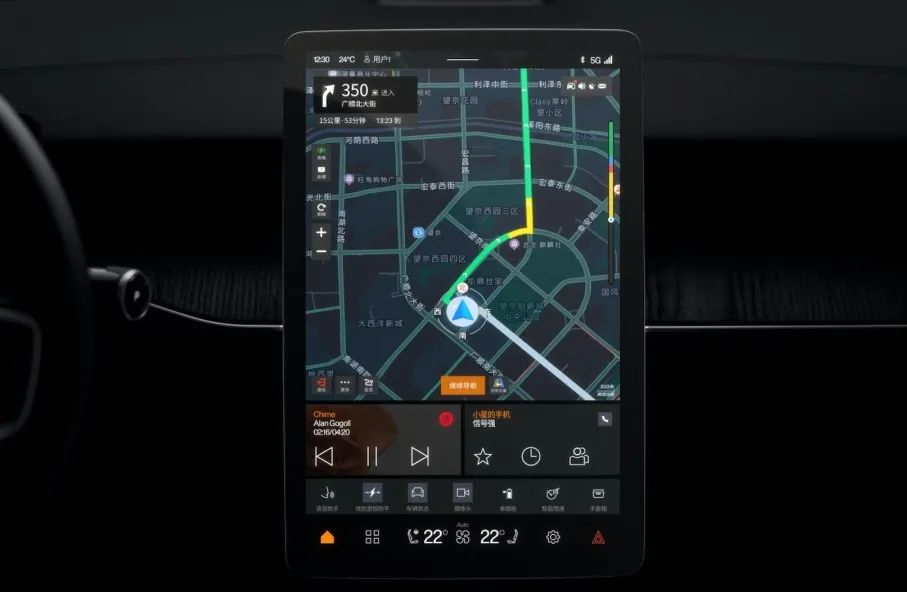
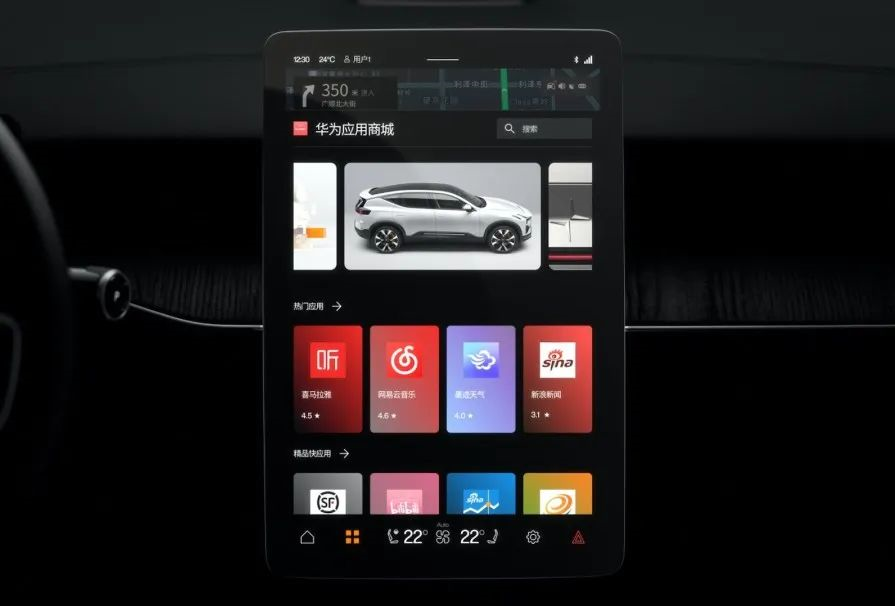
In terms of configuration, all versions of Polestar 3 models come standard with air suspension, hidden door handles with proximity sensors, and 21-inch alloy wheels. The first two versions are equipped with luxury and driver assistance packages, including a 25-speaker Bowers & Wilkins sound system, Dolby panoramic surround sound, electric suction doors, HUD head-up displays, and Pilot Assist navigation assist systems.
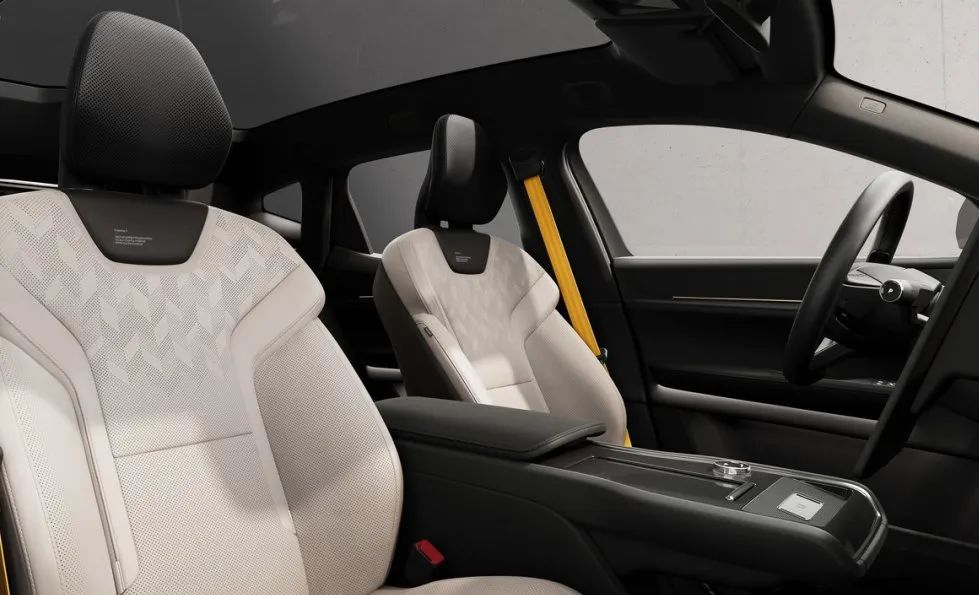
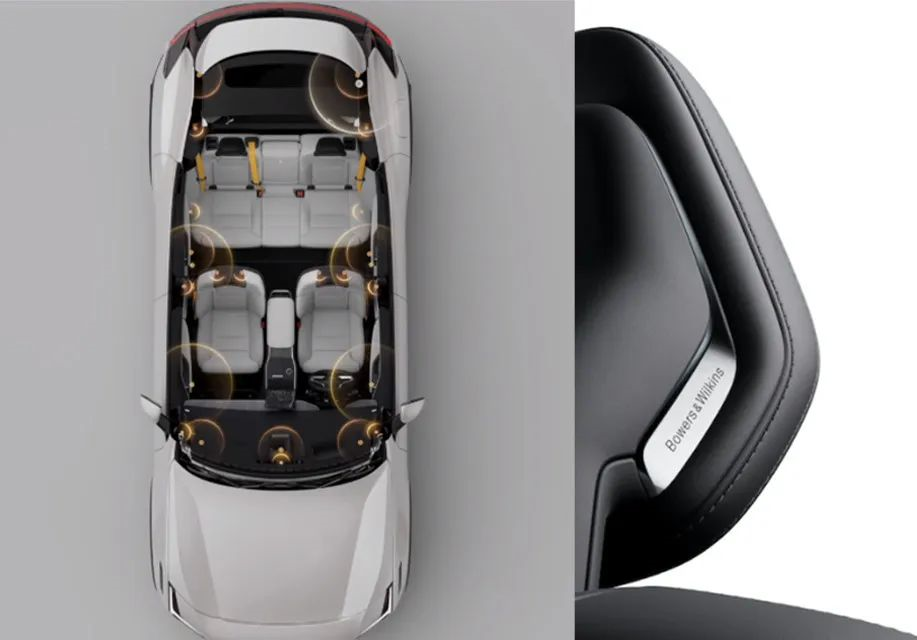
Since Polestar officially became a brand, it has been synonymous with high performance. In the Chinese market, the Polestar 3 is available in two versions: dual-motor long-endurance and dual-motor high performance, both of which are equipped with a twin-electric-motor power system. The long-endurance version provides a maximum power of 360 kW and a maximum torque of 840 Nm; the high-performance version can reach a maximum power of 380 kW and a maximum torque of 910 Nm. The former has an acceleration of zero to one hundred km/h in 5 seconds, while the latter has an acceleration of zero to one hundred km/h in 4.7 seconds.
Adaptive air suspension system + Active shock absorber: used to quickly respond to different road conditions. Intelligent monitoring torque vector distribution system can monitor tire slip at any time and actively transfer power to the tire with greater grip to maintain vehicle stability on wet and slippery roads.
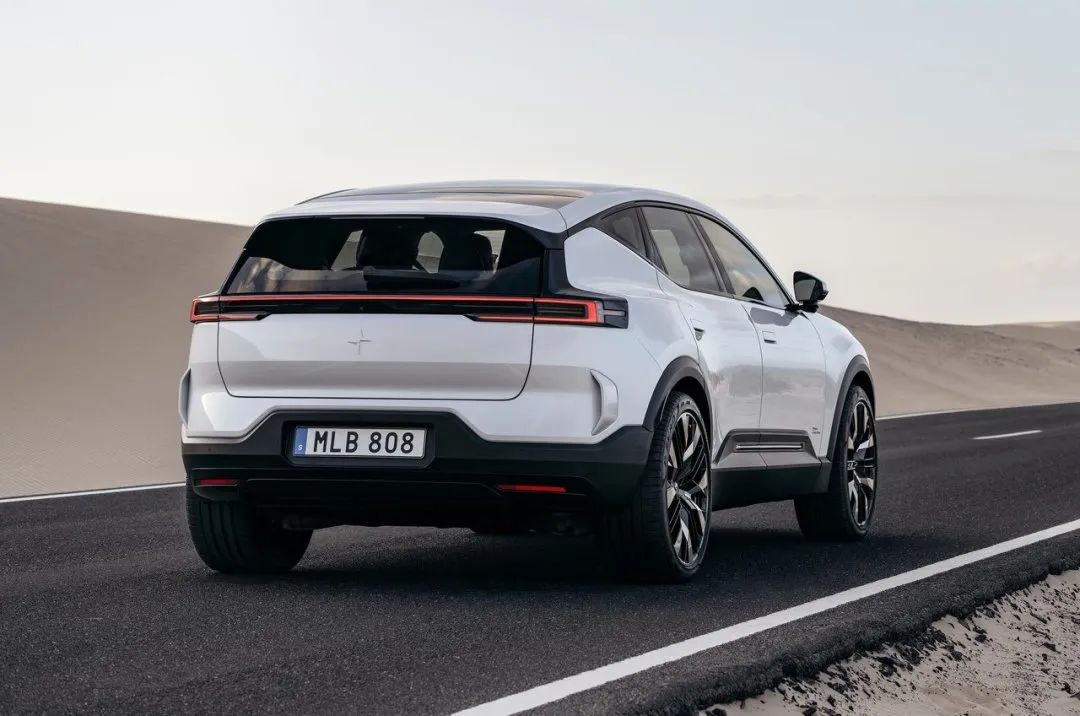
High performance naturally sacrifices some range. Therefore, with the premise of equipping both Polestar 3 with a 111 kWh large-capacity battery, the long-range version of Polestar 3 with dual motors can have a range of 670 km (CLTC conditions), while the high-performance version with dual motors has a range of 620 km (CLTC conditions).
According to the Polestar plan, the Polestar 3 will make its Chinese debut at the Shanghai Auto Show in April 2023, and will be put into production at the Chengdu factory in the middle of the year, and deliveries will begin in the fourth quarter. At the same time, the Polestar 3 will serve as a starting point, and Polestar will launch a new pure electric vehicle into the market every year for the next three years.
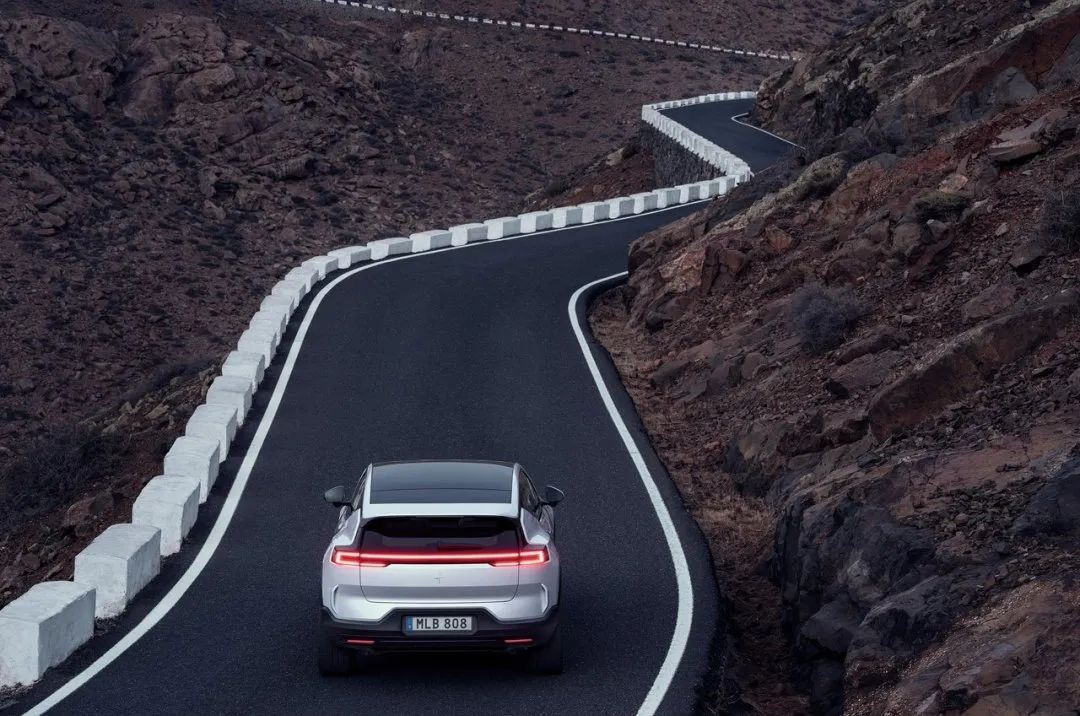
Polestar’s greater ambition is to increase the number of sales markets worldwide to 30 by the end of 2023, and global sales to reach approximately 290,000 vehicles by the end of 2025. This data is ten times that of annual sales in 2021. To be honest, the task is arduous and difficult. After all, Polestar is still one of the least-known brands in the large Chinese market. When everyone says to Polestar 3, “The car is good, but I can’t accept the price of 880,000 yuan,” it is not a good thing for Polestar 3. “The east is not bright, the west is bright” is not as simple as its literal meaning. Will Polestar be better off in the “West”?
This article is a translation by ChatGPT of a Chinese report from 42HOW. If you have any questions about it, please email bd@42how.com.
